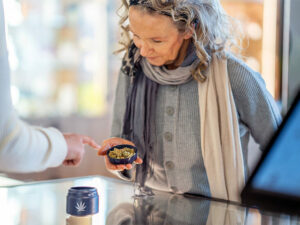
Targeting Symptoms of Menopause with Cannabis
The menopausal transition most often begins between ages 45 and 55, and usually lasts around 7 years, but can be as long as 14 years. Perimenopause and menopause can cause

The menopausal transition most often begins between ages 45 and 55, and usually lasts around 7 years, but can be as long as 14 years. Perimenopause and menopause can cause
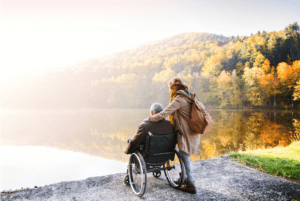
Palliative Care can be defined as an approach that improves the quality of life of patients (adults and children) and their families who are facing problems associated with life-threatening illness.
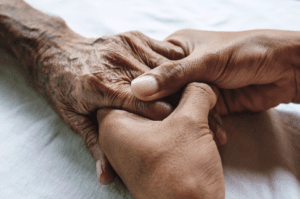
There are only four kinds of people in this world: those who have been caregivers, those who are currently caregivers, those who will be caregivers and those who will need
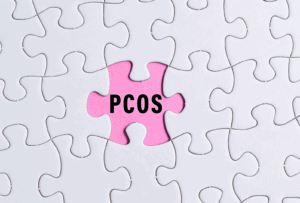
What is Polycystic Ovarian Syndrome? The U.S Department of Health and Human Services (HHS) defines Polycystic Ovarian Syndrome (PCOS) as a lifelong hormonal and metabolic imbalance. This condition affects

The link between cannabis use and the development of a psychotic disorder is a controversial topic and often misrepresented in research. While there is consideration among the medical community of
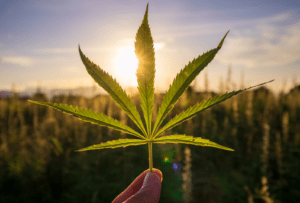
Legislation that would finally get the FDA to regulate hemp extracts like CBD has been a topic of much debate within the cannabis industry. Failure to legally recognize and regulate

As cannabis legislation continues to evolve, new consumers are entering the market daily. With cannabis consumption comes the question: what product do I use and what is the best way

Endometriosis is a severe and often debilitating chronic inflammatory condition. It affects approximately 10% of reproductive aged people (190 million) with a female reproductive system on a global scale (World
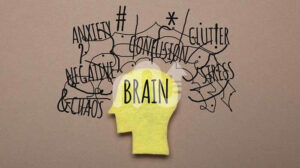
“Picture a room with 1,000 TVs with each TV showing something different. Now try and concentrate on just one TV without getting distracted.” –Damian DaViking Aird Attention deficit

On May 14, 2021 a bipartisan bill was introduced in the Colorado House to more strictly regulate high-potency THC products, imposing barriers to access for medical consumers as well as
Open the following in new tabs if you:
If you are already a user: Client Login
If you are not, then register: Client Registration
Once Logged in, click below to refresh the page.